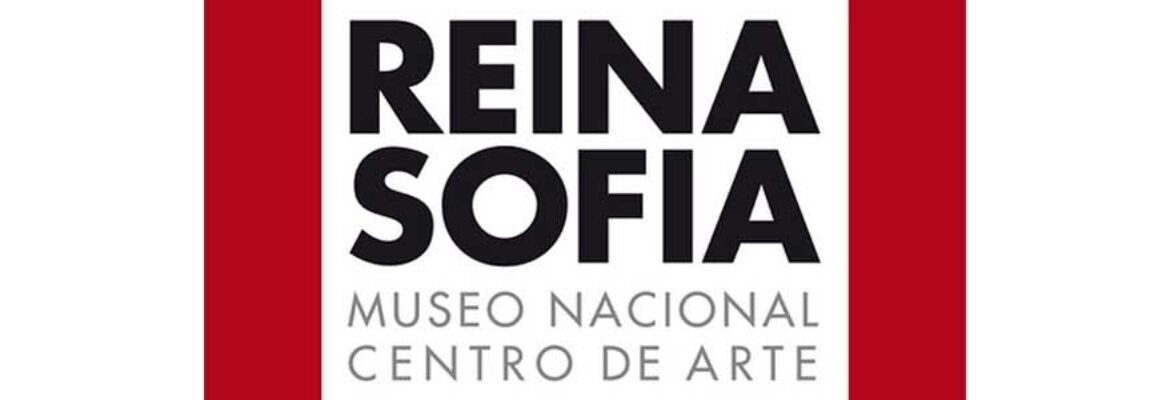
Reina Sofía Museum
The Museo Nacional Centro de Arte Reina Sofía is Spain’s national museum of 20th-century art. The museum was officially inaugurated on September 10, 1990, and is named for Queen Sofía.
It is located in Madrid, near the Atocha train and metro stations, at the southern end of the so-called Golden Triangle of Art
The Reina Sofia Museum houses one of the finest collections of contemporary art in the world, including Picasso’s iconic Guernica.
An important landmark on Madrid’s famous Art Walk, the Reina Sofía Museum is home to a large collection of modern and contemporary Spanish art renowned throughout the world. Inside find works by Dalí, Miró and Juan Gris, alongside the museum’s masterpiece,Guernica.. One of Malaga-born sculptor and painter Pablo Picasso’s most significant works of art, it was painted in memory of the suffering experienced during the bombing of Guernica on 27 April 1937 in the Spanish Civil War.
New collection. Communicating Vessels. 1881–2021.
After many years of research, the Reina Sofía Museum has reorganised its Permanent Collection in collaboration with almost all its departments, opening on 27 November 2021 with hundreds of new pieces thanks to donations, long-term loans and new acquisitions. The result of this reorganisation is a selection of around 2,000 pieces of art on display in various spaces within the Sabatini and Nouvel buildings. This overhaul invites us to completely rethink the entire Collection, which includes contemporary art from the eighties to the present day. The Museum has reorganised its permanent collection with the aim of offering narratives and experiences that speak to the present moment through a critical study of our common past, without claiming to be comprehensive or categorical. What takes precedence in this new arrangement is not the chronological order of events and works, but the relationships and genealogies that we can peel back or trace from our standpoint in the present.
In this vein, the Museum has created eight thematic episodes, open to flexible temporalities and interdisciplinary perspectives, which combine to tell new stories:
1.- Avant-Garde Territories: City, Architecture and Magazines
2.- The Lost Thought
3.- Enclosed Field
4.- Double Exhibition: Art and the Cold War
5.- Enemies of Poetry: Resistance in Latin America
6.- A Drunken Boat: Eclecticism, Institutionalism and Disobedience in the ’80s
7.- Apparatus 92: Can History Be Rewound?
8.- Exodus and Communal Life
The Building
The Reina Sofia Museum is housed in a neoclassical building located in Atocha, which was formerly a hospital facility (Hospital San Carlos) from the 16th century onwards, when Philip II decided to centralise the various hospitals scattered about the Court. In the 18th century, Charles III extended the building, working with the architects José de Hermosilla and, above all, Francisco Sabatini.
The building underwent various modifications and additions until, in 1965, the hospital was closed. After being declared a Historic-Artistic Monument in 1977, restoration work began in 1980. In 1986, the Reina Sofia Art Centre opened, using the 1st and 2nd floors to house temporary exhibitions. The most recent modifications were carried out at the end of 1988, including the creation of the three glass and steel elevator shafts designed by British architect Ian Ritchie.
The Permanent Collection was inaugurated on 10 September 1992 and it officially became a museum.
The museum was extended between 2001 and 2005 by architect Jean Nouvel to create a larger exhibition space, also adding a library and an auditorium.
The museum has two other sites in Madrid, the Velázquez Palace and the Crystal Palace, both in Retiro Park, which house temporary exhibitions and art installations created for these spaces.


